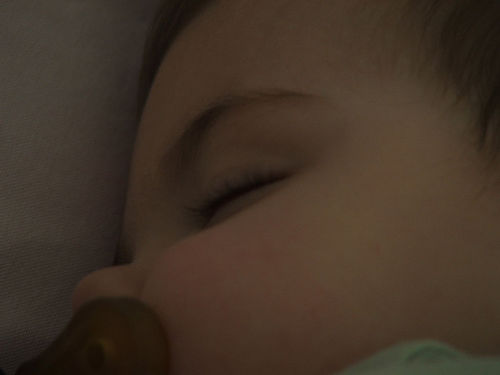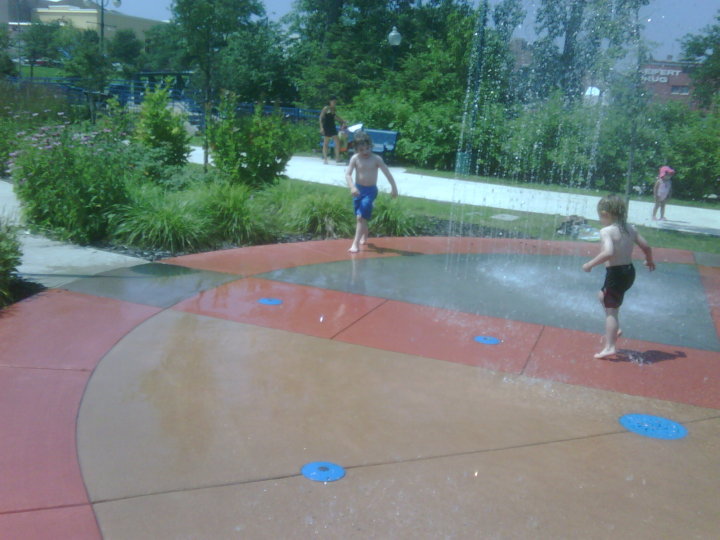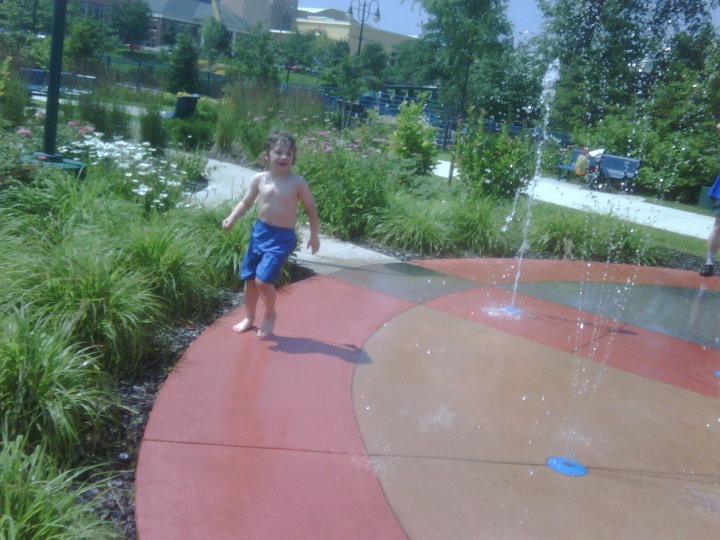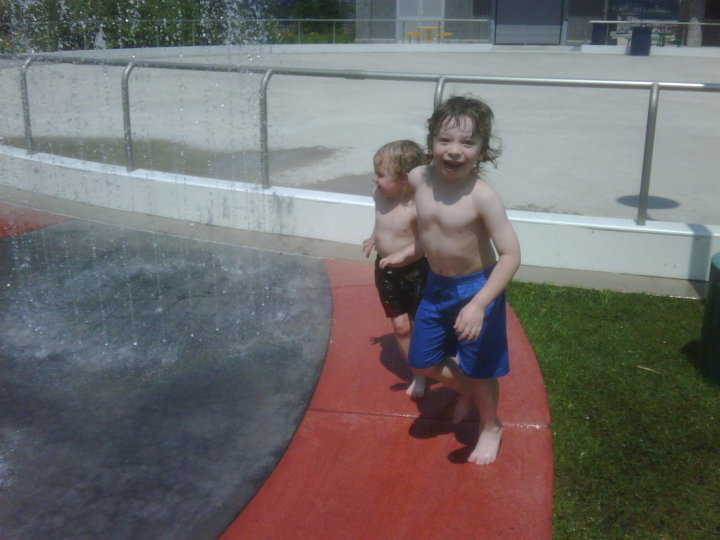 When our kids were young, all of the experts, books, websites and other parents advised us to establish a consistent bedtime routine. It took
When our kids were young, all of the experts, books, websites and other parents advised us to establish a consistent bedtime routine. It took a little bit of time a couple of months four and a half years for us to come up with a routine that works for everyone, and usually bedtimes in my household are fairly uneventful.
Most days the kids will take a bath (I am one of those bad, bad Moms who does not bathe her kids every single day). On the other days, they take turns in the bathroom to pee, brush their teeth, and wash their hands, faces, and any other parts of them with obvious dirt smears. They get milk, each boy gets to pick one book for the bedtime stories, and then they are allowed to snuggle on the couch with their Dad for a few minutes.
By the time those few minutes are up, James is very often asleep. I carry him to his bed – a task that is getting more and more difficult as he gets more and more long and lanky – and if he is still awake I lie down with him for a few minutes and tell him a story about a magic horse I invented that takes James to all kinds of wonderful places.
While this is going on, Gerard is tucking George into his own bed, and when I am done with James, I go in to spend a few minutes with George. He always wants me to stay for longer than I do, but I am always mindful of all of the nightly tasks still waiting to be done. I hug George and give him a few minutes to engage in one of his favourite activities: playing with my abundance of hair. We always have the following dialogue, without fail, every single night (bear in mind as you read this that any dialogue for this mostly non-verbal child is a miracle):
Me: George, who does Mommy love?
George: You love George.
Me: Who does George love?
George: He loves Mommy.
Me: Are you tired?
George: Yes.
Me: Are you ready to go to sleep?
George: Yes.
Me: Goodnight, George.
George: Goodnight, Mommy.
And with that, I give him a kiss, slip out of his room and let him drift off to sleep. He usually migrates to our bed in the early hours of the morning, and we let him. One day he’ll grow out of that and we’ll miss these days, so we enjoy it while we can.
Last night, the routine went smoothly enough. I had my miracle dialogue with George, left his room, and started making sure the boys’ backpacks had what they needed for their respective school days. All of a sudden, I heard the following from the direction of George’s room:
*Thump* (George flopping himself out of bed and onto the floor)
*Scream* (frustration)
*WHUMP WHUMP* (George banging his head on the wall. Hard enough to dent the drywall)
Oh dear.
I returned to George and calmly made him get back into bed. As I was trying to settle him, James suddenly appeared by my side crying about how he didn’t feel like being alone. This was a tricky situation to be in. Usually, when both boys need me, I simply lie down between them and comfort them at the same time. But when George is in a state where he is hitting his head off the wall, I need to keep James away from him, otherwise James becomes the target for headbanging.
This was one of those times when I had to send James back to bed crying so I could make sure George was safe. I always feel truly horrible when I have to do that. I feel so bad for James. But sometimes there just isn’t any other choice. It is part of the life and times of special needs parenting.
I got George calmed down – or so I thought – and went in to see James. I hugged him and comforted him, and told him I loved him. Sometimes, I said, I have to make sure your brother isn’t getting hurt. Sometimes I have to make you wait, and that makes you sad, and I am really, really sorry. But I love you so much and I’ll always take care of you, and I think you are a wonderful boy.
James was content. He sighed softly and went to sleep. Just as I was leaving his room, I heard the *thump scream whump whump* from George’s room again.
What, are they trying to tag-team here? When one stops the other starts? Can they sense my stress and exhaustion? Is this that thing that animals do, where they go after the weakest member of the herd?
I am afraid to say that my patience ran out. I did not go in to George. I did not hug him or talk to him or try to settle him. From where I was, I called out angrily, “Get back into bed! That’s enough!”
There were a couple more screams and one more head-meets-wall incident. After that, things got quiet and both boys slept through the night in their own beds. I wasn’t woken at four in the morning by George climbing into bed beside me and wrapping his arms around my neck. A bittersweet feeling, that.
The logical, rational part of me feels that I did the right thing by not rewarding the second incident of headbanging.
But the Mom in me – the one with a heart full of love for her kids – feels horrible that the last thing my sweet George heard before going to sleep was the sound of my angry voice.
Sometimes, no matter what we do, we feel that we just cannot get it quite right.
Photo credit: Flickr Creative Commons Attribution License












